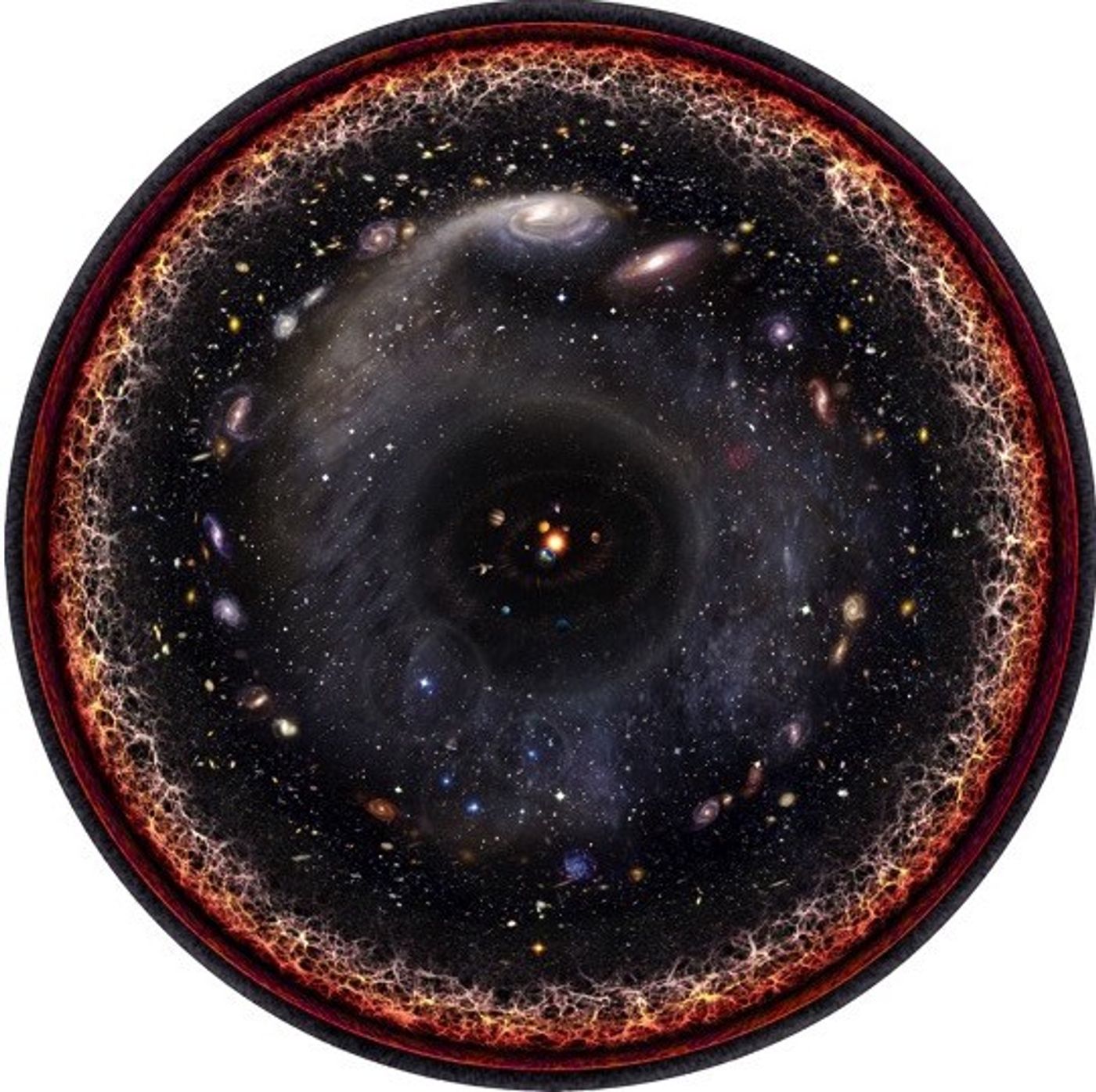Scientists Say the Observable Universe is Smaller Than We Thought
There is no disputing that the universe is huge. It’s infinitely expanding, and has been since the beginning of time, but scientists have recently come out of the wood work to say that the observable universe may be up to 0.7% smaller than we originally predicted.

The paper has been accepted for review by the journal Advances in Astrophysics, although since it’s not published just yet, you’ll have to take Nick Tomasello’s explanation over on The Medium until then.
Tomasello is one of the lead scientists of the study, along with Paul Halpern, and both argue that they’ve been able to more accurately measure the size of the observable universe with new algorithms.
What was once considered to be 45.66 billion light years in size has now been reduced to 45.34 billion light years in size. On paper, the numbers don’t look like a significant change, but keeping mind that one light year is equivalent to about 5.89 trillion miles, that .32 billion is quite a long distance.
Measuring the universe is no easy task. Because of a thing called a “Particle Horizon,” we can’t actually see the edges of the universe. The Particle Horizon limits how far we’re able to see because at some point, particles can’t travel anymore and therefore we fail to see them or the light they emit.
What we do know is that the universe is shaped like a bubble and is expanding from the center in an infinite and dynamic way. Because it’s always expanding, it’s hard to place a perfect number on the size of the universe at one given time.
Another misconception is that we’re moving outwards with the universe, but a more realistic way to explain the expansion is the fabric of space time is stretching outwards in a way.
“Instead, it’s more like the fabric of space-time is stretching, with the result that the distance between every point in the cosmos is increasing,” Tomasello says. “You can picture this like the dots on an inflating basketball: as the ball gets bigger, the dots get further and further apart, although they retain their original orientation.”
It’s this very stretching that reportedly slow down the progress of space time as it expands, and is the reason that it was time to update the figure. As Tomasello explains, it’s like being on a train and walking in the opposite direction as the train is moving. Although you’re moving, you’re not really getting anywhere relative to the things outside the train because the train keeps setting you back. This compares to what’s known as “Cosmic Drag.”
With that drag in mind, it affects the expansion of the universe, and it suggests that the previous algorithms to measure the universe are dated and no longer sufficient. Newer algorithms could lead to more accurate figures.
Source: The Medium via Science Alert








